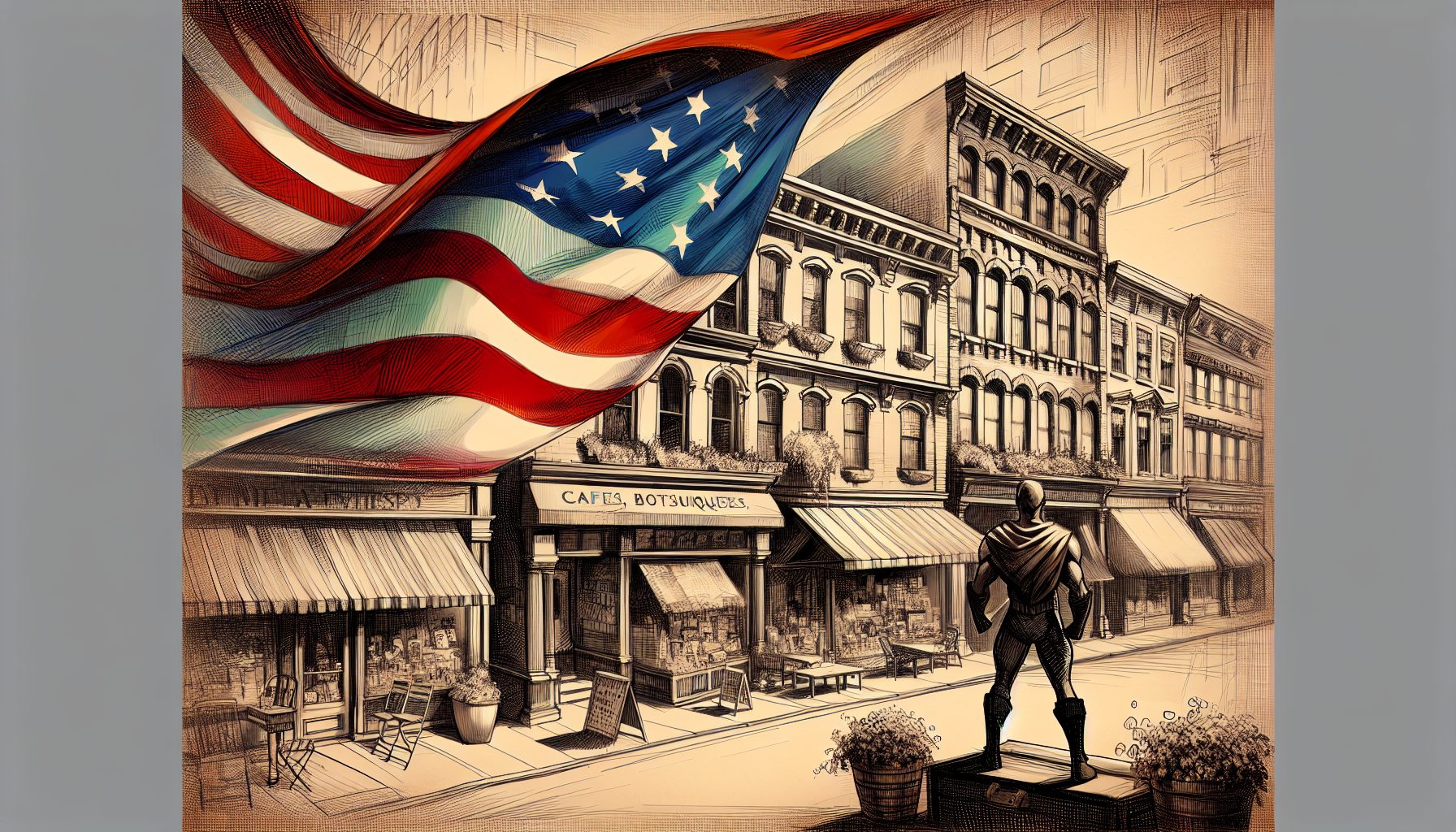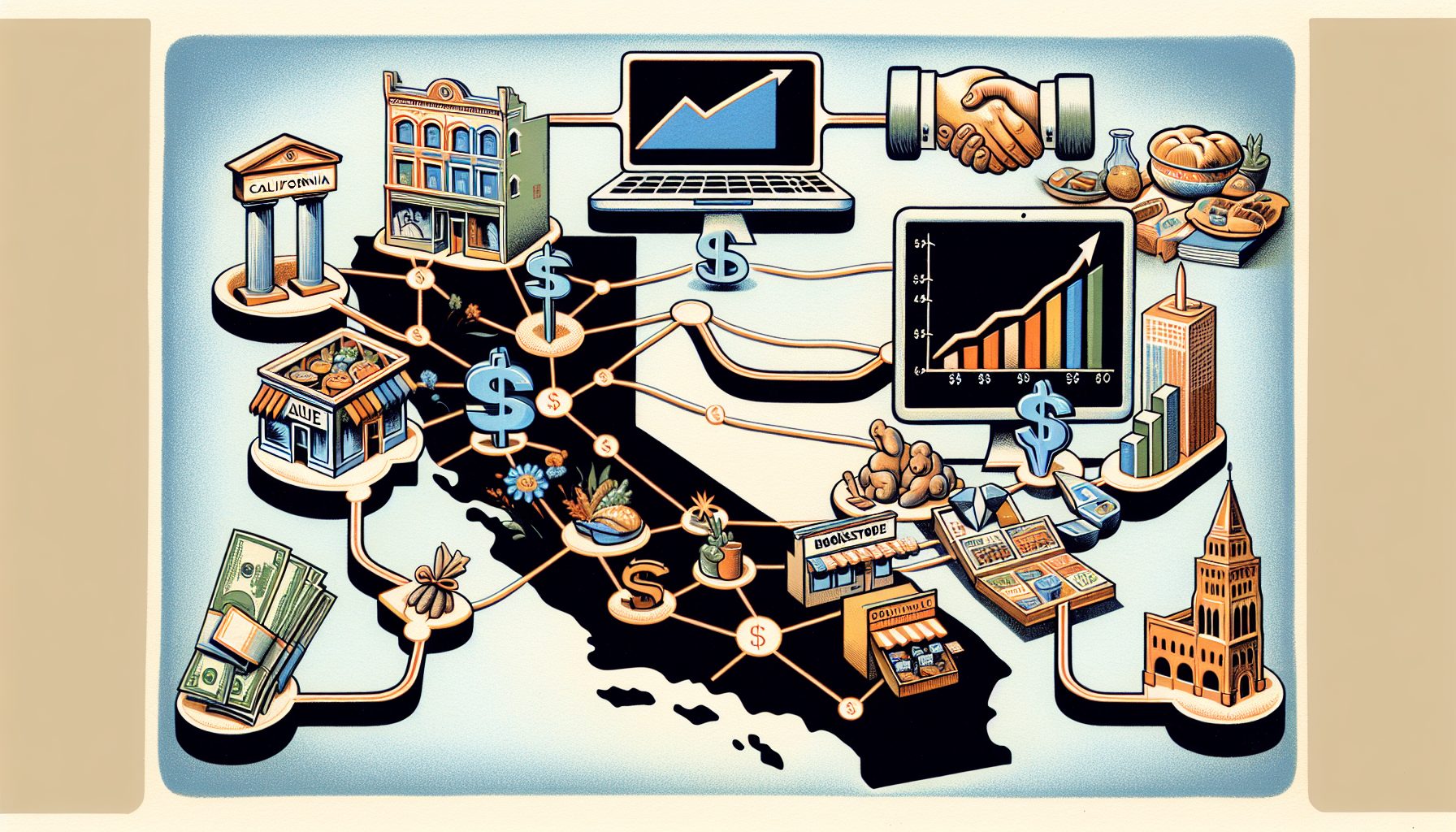For nearly 60 years, IBM was considered the champion of the information-technology industry. No other company, including Microsoft, approached IBM’s dominance as measured by revenue, personnel and assets.
The designation of No. 1 I.T. vendor now belongs to Hewlett-Packard, which has seen its sales climb past IBM’s (see chart below). HP is now extending its reach by promising to meet the demands for Web-based architectures and data warehouses.
HP’s ascension was not a dramatic, publicity-fueled moon shot. Its gains in market share, particularly against firms like IBM and Dell, were achieved in small, steady increments.
One place where HP stands apart from IBM: the vendor’s move from decentralized and dispersed internal I.T. operations to a network-centric environment (see “7 Places to Clean the Clutter in I.T.,” January). It is difficult to directly measure how much of HP’s growth is due to this change.
Coinciding with the internal I.T. restructuring, however, HP has seen a simultaneous reduction in overhead costs, an increase in productivity, gains in profit and a rise in revenue. I call such indicators a telling testimonial to I.T. effectiveness. In fact, HP is pointing to its internal operations as a showplace of services it is ready to offer to customers.
Randy Mott, HP CIO, is getting rewarded for steering these advances, as evidenced by his $7.1 million ($10.3 million minus $3.2 million for signup) 2005 compensation package, according to a report filed with the Securities and Exchange Commission.
Another difference between HP and IBM: Each operates on vastly different economic models. Consider these facts:
- At the end of 2006, IBM had 356,000 employees; HP had 156,000, or less than half of IBM’s staff.
- IBM spends almost twice as much on its transaction costs (selling, general and administrative expenses) than HP per dollar of sales. HP increased its overhead costs modestly as the company grew, whereas IBM increased its overhead costs faster than its revenue.
- IBM had net income of $9.5 billion for the 2006 fiscal year, compared to HP’s $6.2 billion. Based on recent financial quarters, HP appears to be catching up. HP reported net income of $1.55 billion for the three-month period ended Jan. 30; IBM’s net income was $1.84 billion for the quarter ended March 31.
- The Knowledge Value per employee at HP is $691,594 versus IBM’s $402,647. To calculate this metric, subtract a company’s shareholder equity from its market capitalization; then divide that figure by the number of employees.
HP’s record of sales also fills out its success story. In the desktop/laptop segment, HP’s market share of 17.6% now exceeds Dell’s 13.9%. HP’s growth in this segment represents a 23.8% increase over last year, a growth rate three times higher than that for the overall personal computer market.
HP server unit shipments also grew, year-over-year, faster than the overall market. In 2006, out of a total of 8.2 million servers, HP delivered over 475,000 more servers than No. 2 Dell, over 1 million more servers than No. 3 IBM, and more than six times as many as No. 4 Sun. With HP leading the server market with 27.5% of the total, these are remarkable figures.
But for CIOs, the numbers mean more than that. They show how a company can profit from organizing I.T. better.








